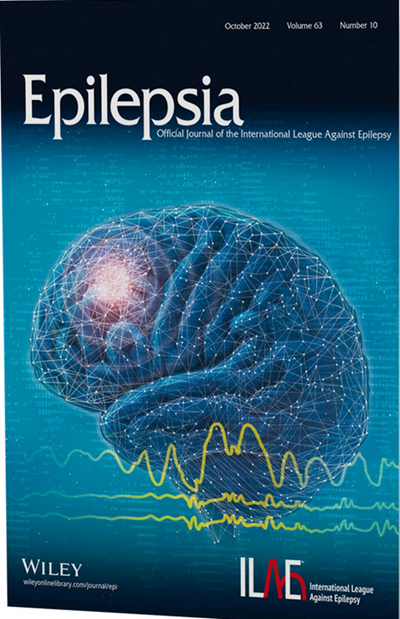N-of-1 trials in epilepsy: A systematic review and lessons paving the way forward
Abstract
Objective
Defined as prospective single-patient crossover studies with repeated paired cycles of active and control intervention, N-of-1 trials have gained attention as an option to obtain high-quality evidence of efficacy, particularly for patients with rare epilepsies in whom conduction of well-powered randomized controlled trials can be challenging. The objective of this systematic review is to provide an appraisal of the literature on N-of-1 trials in individuals with epilepsy.
Methods
We searched PubMed and Embase on January 12, 2024, for studies meeting the following criteria: prospectively planned, within-patient, multiple-crossover design in individuals with epilepsy and outcomes related to comorbidities. Information on design, outcome measurements, intervention, and analyses was retrieved. Risk of bias assessment was performed using the Risk of Bias in N-of-1 Trials (RoBiNT) scale. We highlighted methodological aspects of the N-of-1 trials identified and discuss future recommendations.
Results
Five studies met our inclusion criteria. An additional multiple-crossover trial that evaluated treatment effects exclusively at group level was also included because of its relevance to N-of-1 study methodology. The studies enrolled individuals with focal seizures, absences or cognitive impairement and electrographic discharges. Treatments included established or investigational antiseizure medications, off-label medications, neurostimulation or lifestyle intervention. Three of the five N-of-1 trials reported on individual cases. The studies' strengths were the use of individualized treatment dosages and symptom-specific patient-reported outcomes. Limitations were related to minimal reporting of baseline characteristics and seizure burden.
Significance
The trials identified by our search exemplify how the N-of-1 design can be applied to assess interventions in individuals with epilepsy-related disorders. Future N-of-1 trials of antiseizure interventions should take into account baseline seizure frequency, should apply statistical models suited to capture seizure frequency changes reliably and make predefined interim assessments. Non-seizure outcome measures evaluable over short periods should be considered. Tailored N-of-1 methodology could pave the way to evidence-based, treatment selection for patients with rare epilepsies.

 求助内容:
求助内容: 应助结果提醒方式:
应助结果提醒方式:


